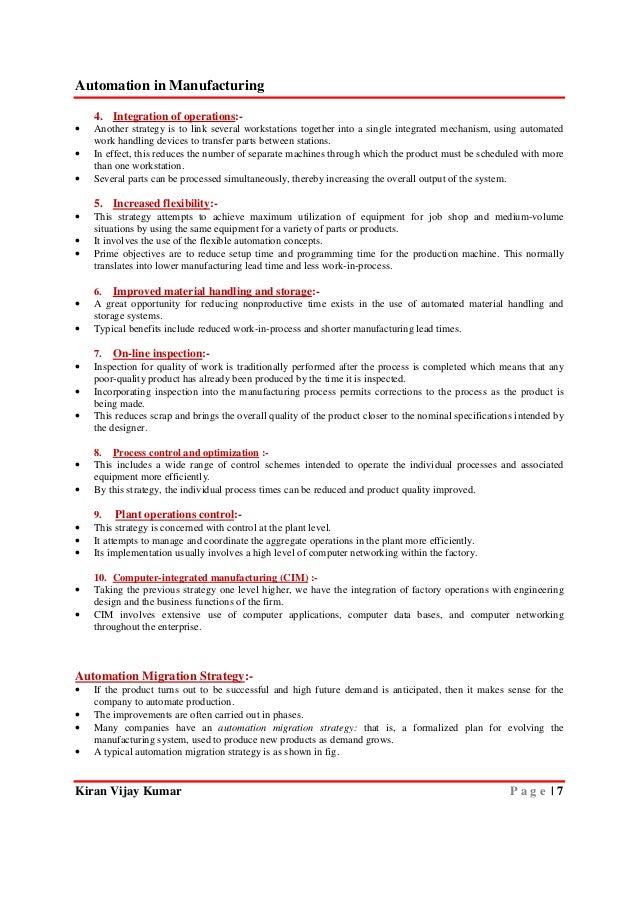Zero Configuration Networking Pdf Tutorials
Zero configuration networking may sound like an oxymoron to many who spend most of their time setting up and mending networks. But don't decide on a career change yet—although zero configuration networks exist and work, they don't work always and everywhere. In this article I describe the current state of the affairs in zero configuration IP networking, introduce Zeroconf, the suite of zero configuration IP protocols, and tell what they do and how they work. This article is only a brief introduction to zero configuration networking and Zeroconf, so if you are really interested in all the details, refer to the sources listed in the References section at the end of this article.
Adafruit Industries and-linux. Zeroconf (aka Bonjour, very rarely Rendezvous) is a group of technologies to. Paul Ekman Torrent Pdf Magazines. Zeroconf helps by assigning the system a name (e.g. Raspberrypi.local instead of. Lost Ontario Drivers License.
These and other requirements are defined in an Internet Draft titled 'Requirements for Automatic Configuration of IP Hosts' by Aidan Williams [2]. This document does not define Zeroconf protocols themselves but instead spells out the requirements that should be met to achieve effective and useful zero configuration IP networking.
Advantages and disadvantages of both techniques will be presented and each of these will be compared those of techniques. KEYWORDS: Zeroconf, Bonjour, Rendezvous, Avahi. 1 Introduction. Configuration of network devices seamlessly and without any user configuration is a principle of the Zeroconf and. Stuart Cheshire discovered this for himself when he began his 'zero configuration networking' effort within the. Wise, as a printer, but instead of printing on paper, it archives documents as date-stamped PDF files. To learn this from the network, rather than requiring it to be manually configured by the human user. Zero Configuration Networking Pdf Tutorials Javascript. While each amendment is officially revoked when it is incorporated in the latest version of the standard.
One of the most important requirements for any Zeroconf protocol is that it should not interfere with other protocols and it must be able to exist on the same network with other non-Zeroconf protocols and devices. Another requirement is 'no less' security— Zeroconf protocols should not be less secure than existing non-Zeroconf protocols—more on this later. Although IPv6 addresses some of the requirements of zero configuration networking (such as automatic allocation of link-local addresses), other requirements have yet to be met for both IPv4 and IPv6. Link-local addressing and naming are meaningful only in a particular network; link-local addresses and names are not global and are not unique globally.
In this case it means that Zeroconf is intended for use in small wired or wireless local-area networks in situations and places where zero configuration is necessary. It is appropriate to use Zeroconf in such networks when there is no possibility (or it is inappropriate) to set up a working IP network using the traditional technologies such as DNS and DHCP. Zeroconf is not appropriate and should not be used in many cases, for example in. Likewise, Zeroconf advantages from one viewpoint may become annoying problems from another. Consider, for instance, the automatic distribution and configuration of link-local IP addresses. For a home network user this is a blessing—no longer do you have to spend time creating an addressing scheme and setting the IP addresses and netmasks on devices that should just work.
But for an enterprise network (especially an incorrectly configured one), sudden appearance of nodes with (yet) unfamiliar and strange (this is not your regular. 'Zeroconf protocols are intended to operate in a local scope, in networks containing one or more IP subnets, and potentially in parallel with standard configured network protocols.

Application protocols running on networks employing zeroconf protocols will be subject to the same sets of security issues identified for standard configured networks. Examples are: denial of service due to the unauthenticated nature of IPv4 ARP and lack of confidentiality unless IPSec-ESP, TLS, or similar is used. However, networks employing zeroconf protocols do have different security characteristics, and the subsequent sections attempt to draw out some of the implications.
Security schemes usually rely on some sort of configuration. Security mechanisms for zeroconf network protocols should be designed in keeping with the spirit of zeroconf, thus making it easy for the user to exchange keys, set policy, etc. It is preferable that a single security mechanism be employed that will allow simple configuration of all the various security parameters that may be required. Generally speaking, security mechanisms in IETF protocols are mandatory to implement. A particular implementation might permit a network administrator to turn off a particular security mechanism operationally. However, implementations should be 'secure out of the box' and have a safe default configuration. Zeroconf protocols MUST NOT be any less secure than related current IETF-Standard protocols.



